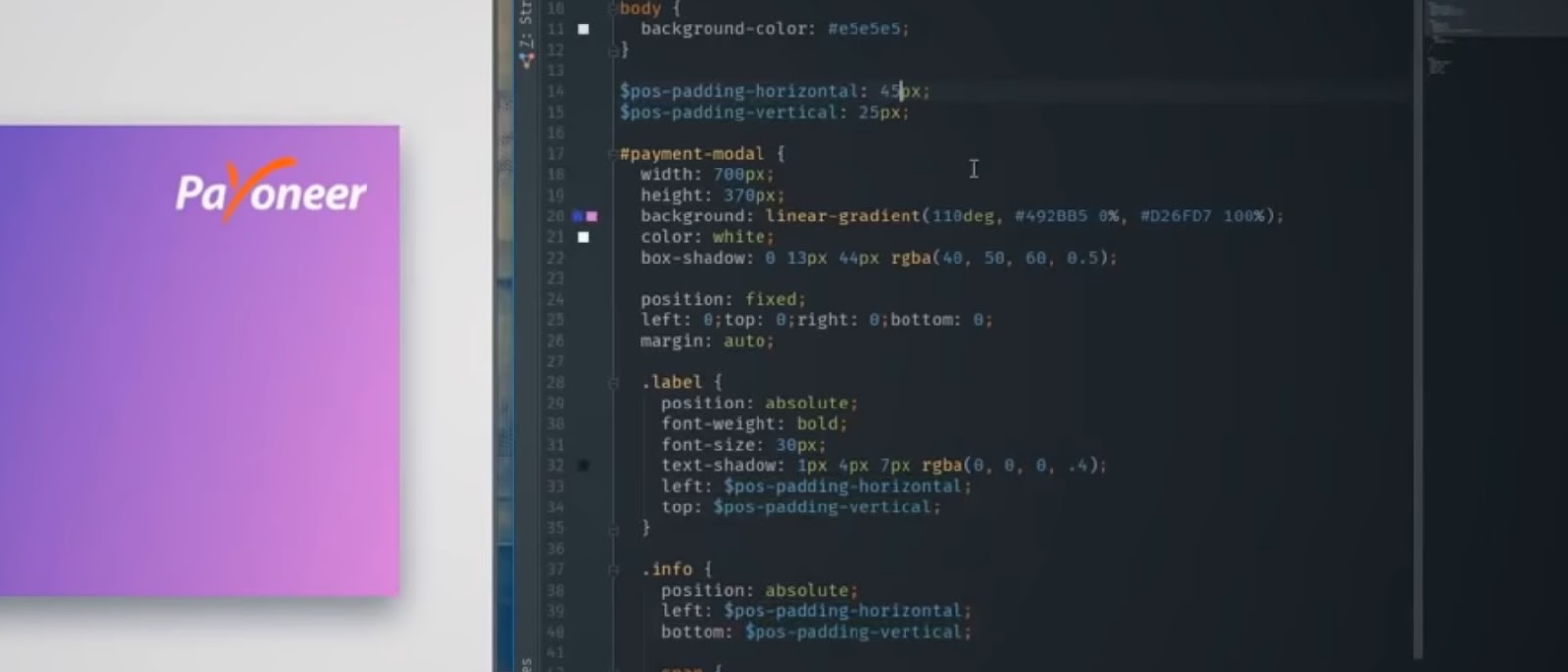Understanding Custom Scrollbars with CSS
Embracing the power of CSS allows you to craft custom scrollbars robustly, ensuring your User Interface (UI) consistency across various browsers. But, there are certain limitations and exceptions we need to know. This guide aims to unravel the nitty-gritty of developing custom scrollbars using CSS, its support across browsers, and future prospects. Additionally, explore our guide on CSS techniques for customizing select element styles to enhance your web design skills.
Scrollbar Evolution and Current State
With the ever-evolving digital landscape, the scrollbar’s representation within the user interface has metamorphosed significantly. The ways different operating systems render scrollbars have been marvelously collated and shared in a tweet by WebDesignMuseum. This evolution throws light on how you can align your scrollbar design with contemporary trends and user expectations.
Styling Scrollbars: Pseudo-Classes
You can define the visual aspects of scrollbars using pseudo-classes. Although these are predominantly supported by browsers like Chrome, Edge, and Safari, Firefox takes a slightly divergent route. But before delving into Firefox’s approach, let’s understand how to style scrollbars for other browsers.
Styling Scrollbars: Webkit Example
Webkit-oriented browsers allow you to define the appearance of all scrollbars on a webpage by leveraging the ::-webkit-scrollbar pseudo-class. Here’s how to set it:
/* Scrollbar width */
::-webkit-scrollbar {
width: 8px;
}
/* Scrollbar track */
::-webkit-scrollbar-track {
background: #2a2a2a;
box-shadow: inset 0 0 3px rgba(0, 0, 0, 0.5);
}
/* Scrollbar handle (thumb) */
::-webkit-scrollbar-thumb {
border-radius: 5px;
background-image: linear-gradient(orangered, rebeccapurple);
}
/* Scrollbar handle on hover */
::-webkit-scrollbar-thumb:hover {
background-image: linear-gradient(tomato, purple);
}The ::-webkit-scrollbar pseudo-classes allow you to apply almost any CSS properties, enabling you to design your scrollbar as per your aesthetic preferences.
Firefox’s Approach to Scrollbar Styling
Firefox has a more restrictive approach to scrollbar styling compared to its counterparts. It utilizes two properties: scrollbar-width and scrollbar-color.
:root {
scrollbar-color: rebeccapurple #222;
scrollbar-width: thin;
}- The scrollbar-color property accepts two colors, where the first color applies to the thumb and the second to the track;
- These properties, however, are limited to colors and do not accept gradients;
- The scrollbar-width property is also restrictive, with only ‘auto’, ‘thin’, and ‘none’ as acceptable values, resulting in less customization.
Cross-Browser Solutions

Despite the limitations in terms of complete cross-browser support and customization using the CSS approach, JavaScript libraries offer robust solutions for fully customized, cross-browser, and cross-platform scrollbars. These libraries can help overcome CSS limitations and offer a higher degree of customization.
Conclusion
Mastering CSS scrollbar customization can refine your website’s overall user experience and consistency across different browsers. While there are browser-specific limitations, understanding these challenges can guide optimal design decisions. However, to overcome the limitations inherent in pure CSS, JavaScript libraries provide comprehensive solutions for high-level customization.



